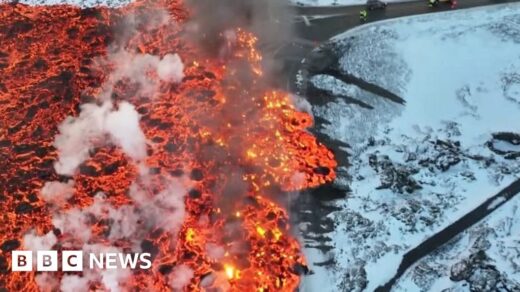The US has carried out extensive strikes on 85 targets at seven sites across Iraq and Syria, aiming to weaken pro-Iranian militias and their Iranian backers, the Quds Force. However, the US stopped short of directly attacking Iran, which it blames for much of the recent instability in the Middle East. The strikes were designed to prevent a repeat of the attack that killed three US service personnel in Jordan on 28 January. The US also imposed sanctions on companies allegedly involved in Iran’s ballistic missile and drone programs, as well as six officials from the IRGC’s Cyber-Electronic Command.
Despite these actions, the US has made it clear that it is not interested in a direct confrontation with Iran. The question now is whether this will lead to a wider conflict in the region or if there are other ways to resolve this “dangerous moment”, such as a ceasefire in Gaza.
Meanwhile, diplomatic efforts are underway to address the conflict. US Secretary of State, Anthony Blinken, is set to embark on his fifth tour of the region since early October, visiting Saudi Arabia, Egypt, Qatar, Israel and the West Bank. His agenda includes issues such as hostages and humanitarian assistance in Gaza, freedom of navigation in the Red Sea, and “lasting security for Israelis and Palestinians alike”.
However, achieving a ceasefire in Gaza is complex. Both Hamas and Israel want to claim victory from the Gaza war, while Iran and America have competing regional agendas. Furthermore, groups like Hezbollah, the Houthis and various pro-Iranian militias in Iraq and Syria all have their own local concerns. Despite these challenges, a ceasefire in Gaza could potentially reduce regional tensions and benefit civilians on both sides of the border.









